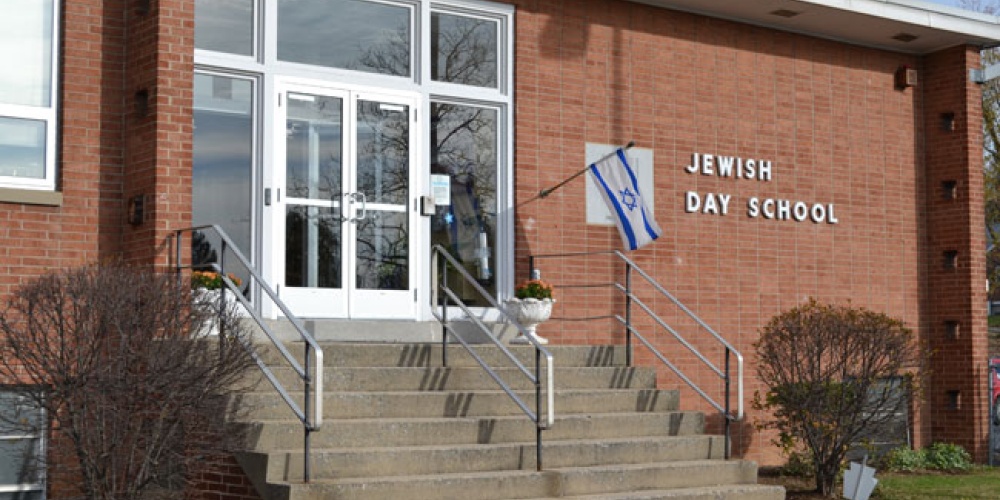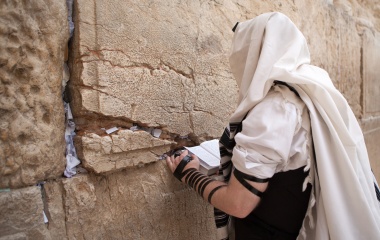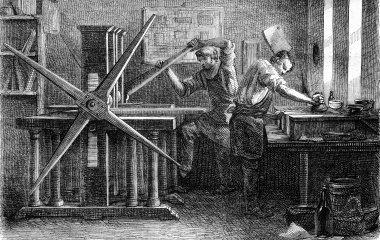
Sometimes the choices we make turn out to be better than we could have imagined in our wildest dreams. The baseball player drafted in the 11th round who becomes a superstar; the shul rabbi who is the fourth choice of the board, yet is an inspiration for so many; the unassuming summer student who so impresses and eventually becomes CEO.
The Mishnah, in describing the preparations of the kohen gadol to ensure his readiness for the Yom Kippur service, teaches: “They delivered to him elders from the elders of the court, and they read before him the order of the day. And they would say to him, ‘Kohen Gadol, read it yourself with your mouth; perhaps you forgot, or perhaps you did not learn’” (Yoma 18a). While it is easy to understand that the kohen gadol may have forgotten some—or many—of the intricate details of the special service, how could it be, the Gemara wonders, that he could never have learned them in the first place? The Gemara explains that the teaching above is referring to the second Temple period, where many of the high priests were unworthy of the position and acquired such by paying large sums of money, i.e., bribery.
The Gemara then records how Martha, the daughter of Boethus, gave King Janai—one of the corrupt Herodian kings—buckets full of gold to appoint Yehoshua ben Gamla as the high priest[1]. As her name indicates, Martha was most likely a descendant of the Beothus family, one of the heretical sects that abounded in the second Temple period.
There was every reason to think that Yehoshua ben Gamla’s tenure as high priest would be a disastrous one. His only “qualification”? He had a wealthy wife. Yet he turned out to be the most important and greatest kohen gadol of the second Temple period, and—with the exception of (the Biblical) Aaron—perhaps the greatest kohen gadol in all of Jewish history. His legacy is enormous, and cries out for us to replicate it today.
For starters, he put his (wife’s) wealth to good use. “And ben Gamla made them of gold, and they would mention him for praise” (Yoma 37a). The Mishnah describes how the kohen gadol would draw lots from a wooden box to determine which of the two Yom Kippur goats would be brought as a sacrifice, its blood sprinkled in the Holy of Holies—and which would be sent tumbling over a mountain as atonement for the sins of the Jewish people. It was Yehoshua ben Gamla who donated the money to replace the wooden boxes with golden ones.
As nice a gesture as that was—to which the Mishnah (38a) applies the verse, “The mention of a righteous person is for a blessing[2]” (Mishlei 10:17)—that pales in comparison to his educational initiatives.
“Remember that man for good, and Yehoshua ben Gamla is his name; for if not for him, Torah would have been forgotten from the people of Israel” (Bava Batra 21a). It was only through his efforts that Torah has been able to continue[3]. And what exactly did he do? It was he, in the waning days of the second Temple period, who established the Jewish public school system, where all children, upon reaching the age of 5 or 6, would receive a free Jewish education.
What was true 2,000 years ago is even more true today. Sadly, we—the richest Jewish community in history, whose ancestors pioneered free education for the masses—have allowed the cost of Jewish education to rise to the point where, as in the time of Yehoshua ben Gamla, only very few can afford it. Tragically, for many, Torah is being forgotten—or not even learned in the first place. Let us pray that our generation be able to produce a Yehoshua ben Gamla, and soon.[4]
[1] Her first husband died, and after her betrothal to Yehoshua ben Gamla, she sought his appointment. The Mishnah (Yevamot 61a) derives from this story the law that a kohen who betroths a widow and is then appointed kohen gadol may still accept the position, despite the prohibition against a high priest marrying a widow.
[2] This phrase is usually translated as, “May his memory be for a blessing”, and is used in describing the righteous after they pass away. While such is true, in Biblical Hebrew the word zachor (also) means “to mention”—hence, zachor et yom haShabbat is the source for the recital of Kiddush on Friday night (Pesachim 106a).
[3] The commentaries struggle to understand this Gemara in light of G-d’s promise that Torah will never be forgotten amongst the people of Israel. However they may answer that question, the Gemara’s language is unmistakable in asserting ben Gamla’s historical role in the preservation of Torah.
[4] As those who receive the Canadian Jewish News know, I have written extensively on how we may solve the tuition crisis (see here for my most recent article). I will be emailing a number of articles over the next few weeks in the hope that you may be able to help put some of these ideas into practice.



